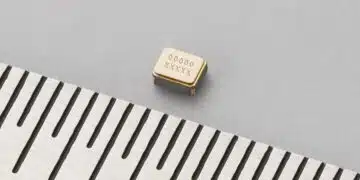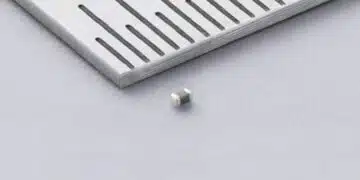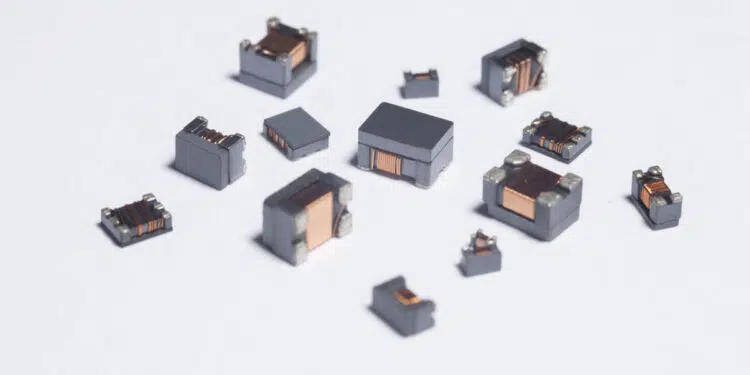Inductor and passive component maker Tai-Tech Advanced Electronics has obtained orders with shipments scheduled until December 2021, according to company president Hsieh Ming-Liang.
In particular, shipments for orders of common-mode filters and LAN transformer modules are scheduled until the end of 2021, Hsieh said.
Tai-Tech currently has a factory in northern Taiwan and two in eastern China. As of the end of June 2021, Tai-Tech had a total monthly production capacity of 1.80 billion multilayer chip inductors and beads, 1.67 billion wire-wound inductors, 85 million molding power inductors, 335 million common-mode filters, and LAN transformer modules.
In view of continued strong demand, Tai-Tech will expand the total monthly production capacity for multilayer chip inductors and beads to 2.0 billion units and that for common-mode filters and LAN transformer modules to 399 million units at the end of September 2021, Hsieh noted.
Multilayer chip inductors and beads accounted for 18.1% of first-half 2021 consolidated revenues of NT$2.958 billion (US$106 million), wire-wound inductors for 19.0%, molding power inductors for 37.3%, common-mode filters for 7.4%, LAN transformer modules for 17.7%.
In terms of the application of products, 36% of the consolidated revenues came from PCs and peripherals, 30% from networking/communication devices, 15% from automotive components, 12% from consumer electronics, 7% from others. Shipments to OEM clients accounted for 24% of the consolidated revenues, those to own clients for 34%, and those to sales agents for 42%.
For operation in the future, Tai-Tech will focus the application of products on automotive components used in ADAS (advanced driver assist system), telematics systems, LED automotive lighting, and battery management for electric vehicles; networking/communication devices including switches, 5G small cells and IoT; high-performance computing including servers used in cloud computing and DDR5 memories; consumer electronics including smartwatches, TWS earphones, tablets, smart speakers and wireless power chargers.





























